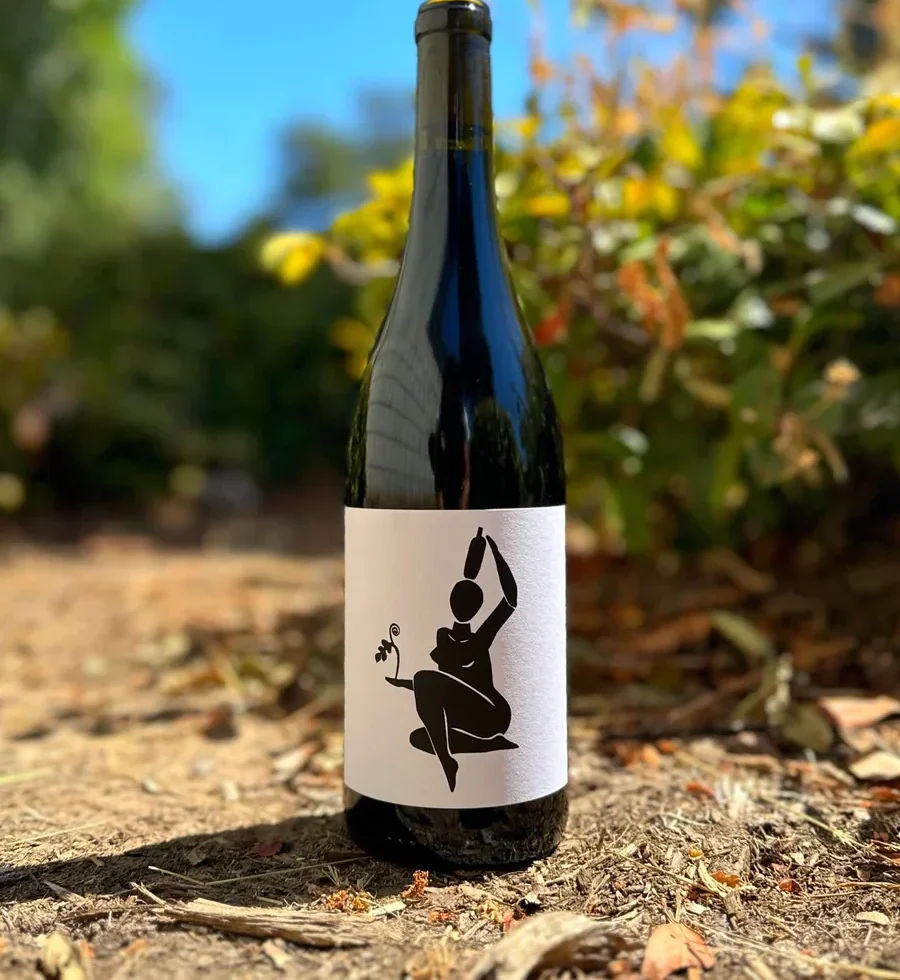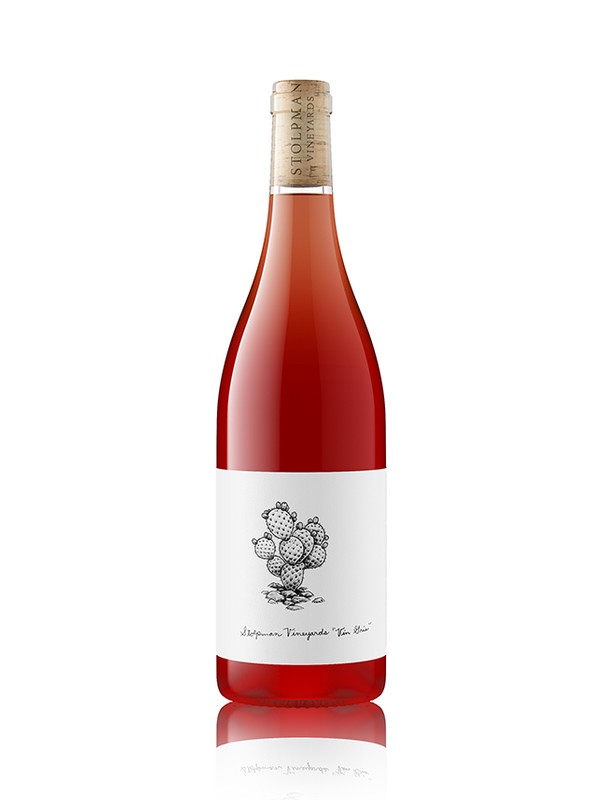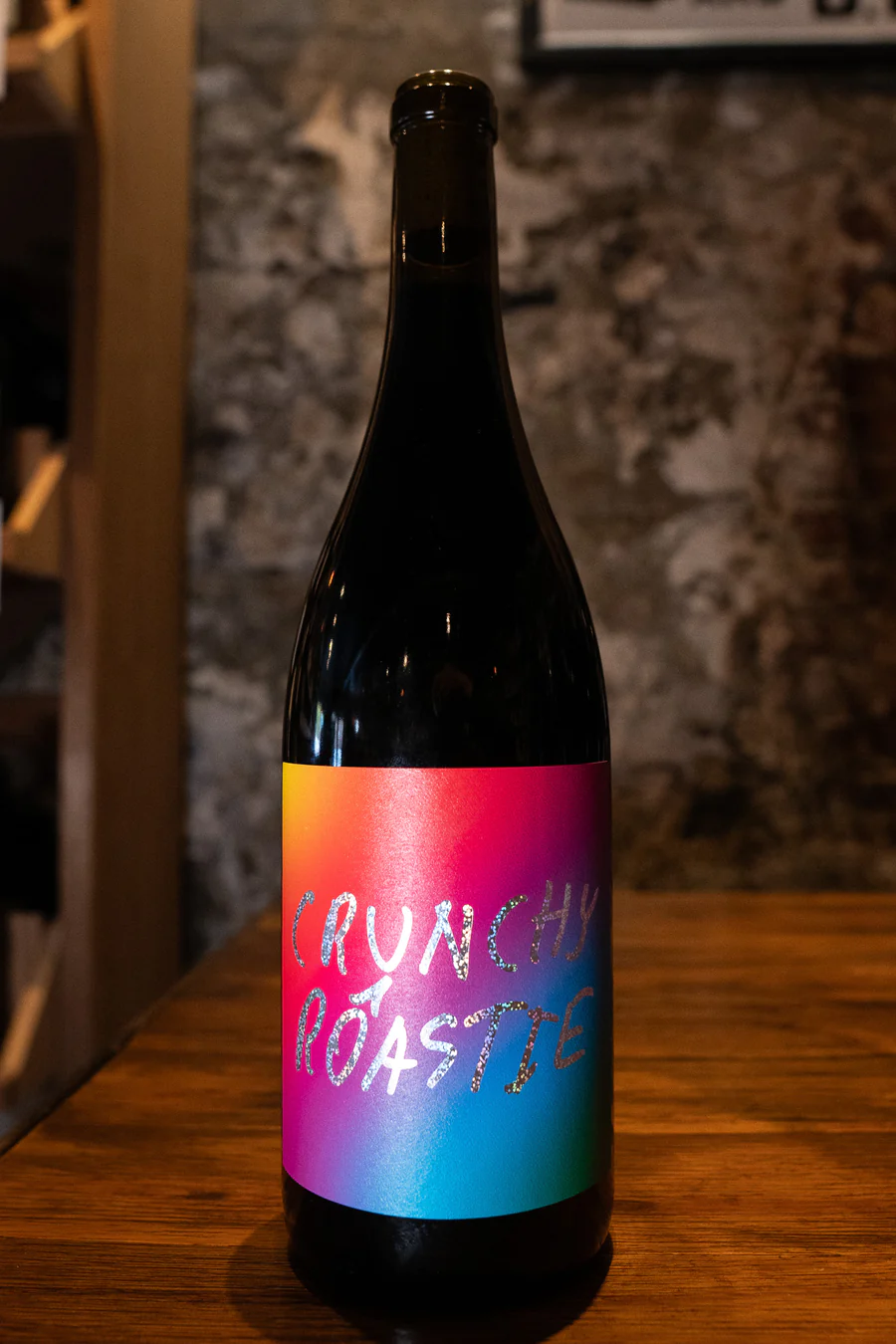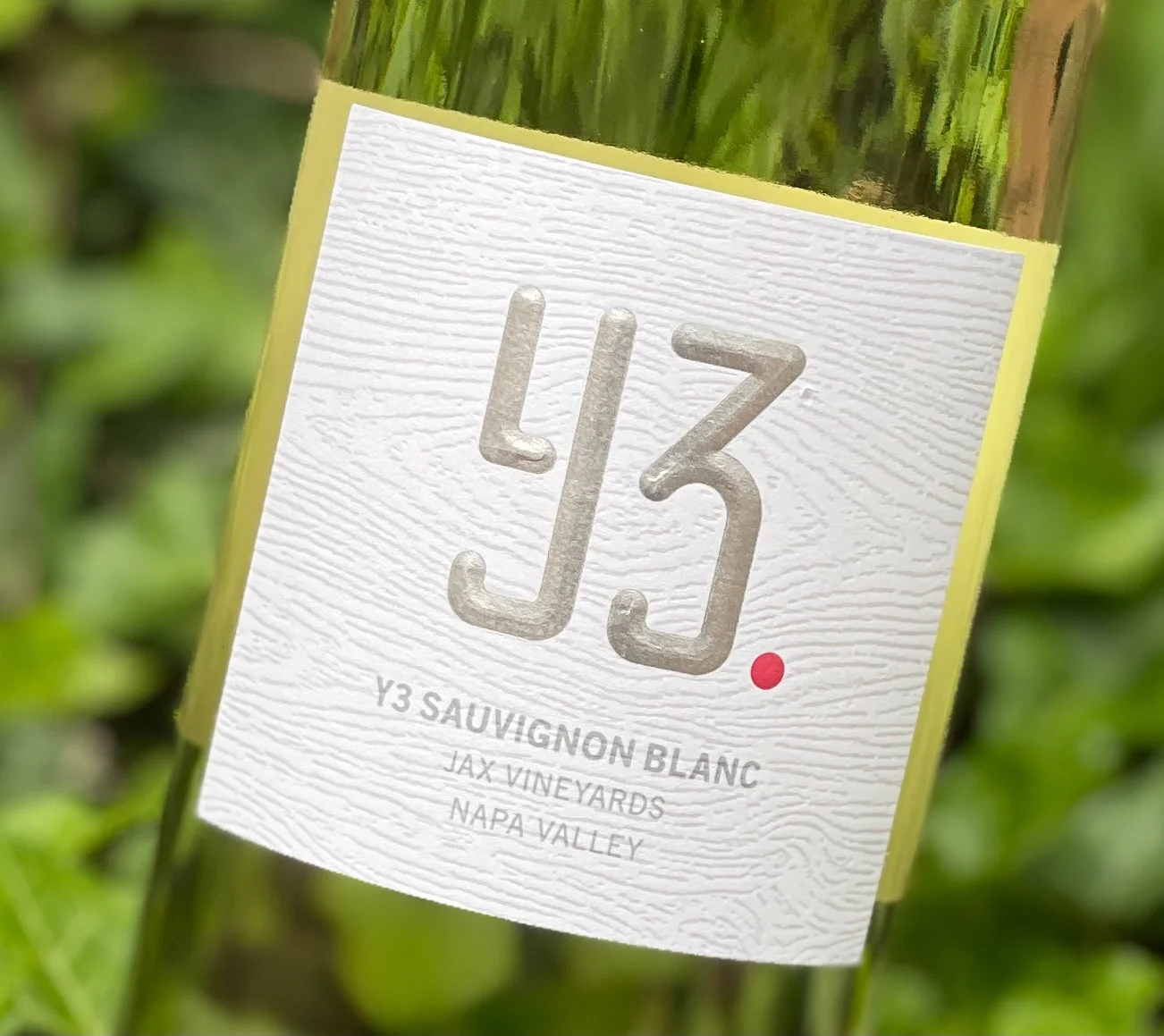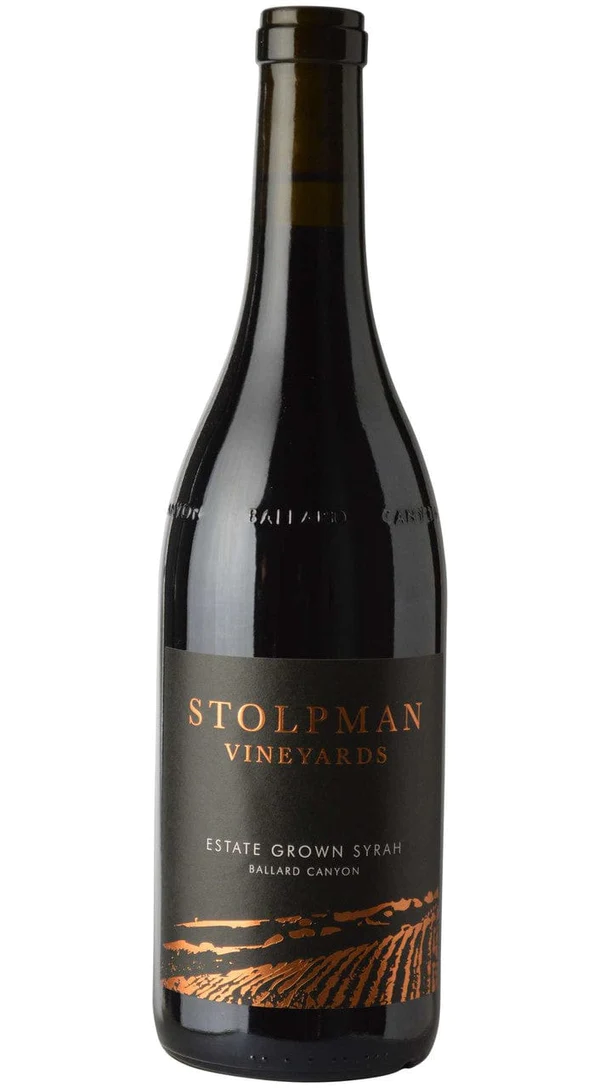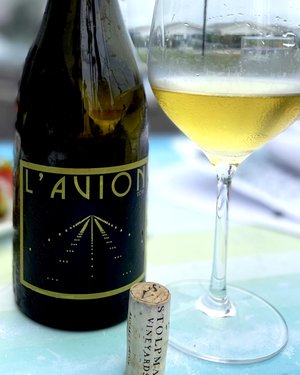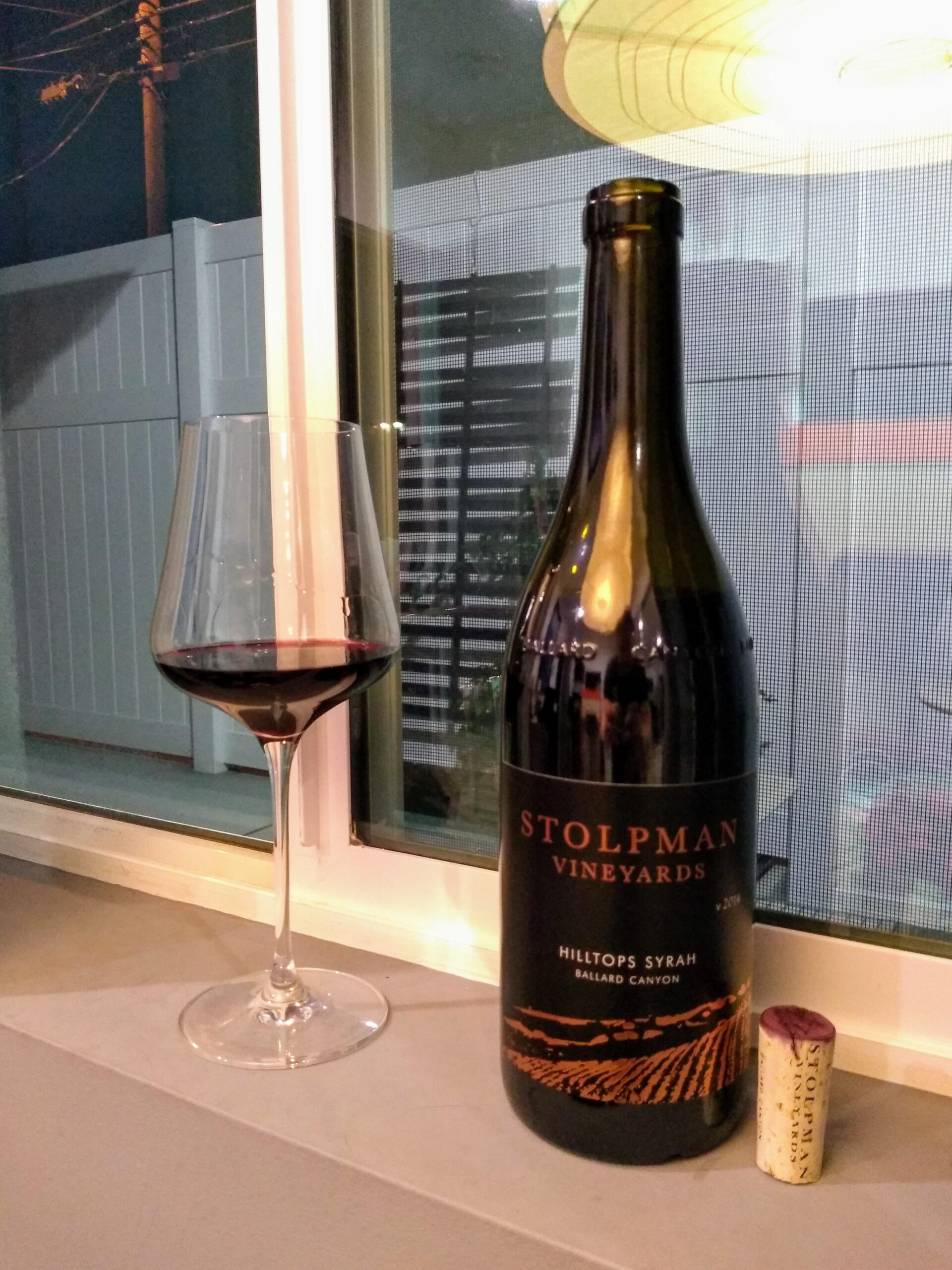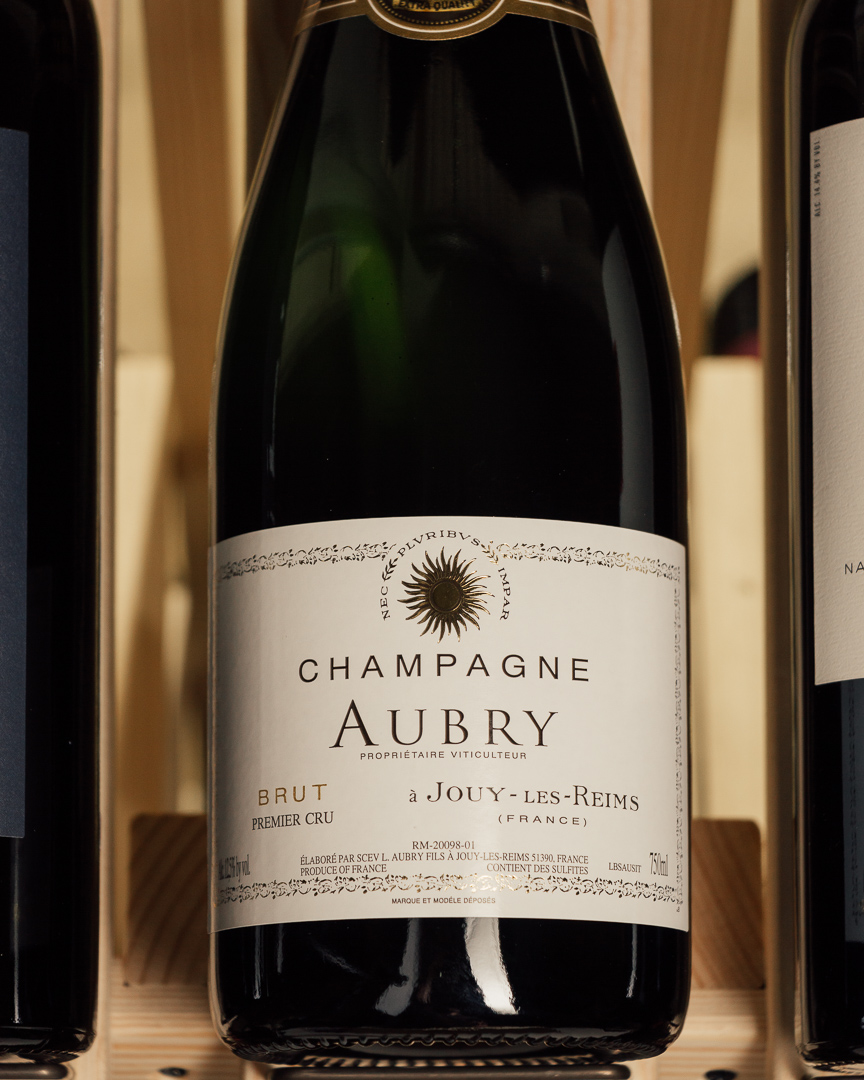For the wine snob: A vineyard-wide blend accounts for 70% of the blend, with 30% sourced from Ruben Solorzano’s vineyards throughout Santa Barbara County. Fermentation occurs in open-top concrete tanks for 21 days. The wine is then aged in 100% neutral French Ermitage 500L oak Puncheons for 6 months.
For the rest of us: Soft and becoming deep purple plum brimmed with a crackling flame of red. A coating plushness fills the mouth prior to lifted fresh red fruits rising again towards the finish. The red fruits fill a spectrum from firm cherry to riper berry coulis. Subtle acidity married with the red berry fruit and loamy, silty tannin all combine to last in the mouth for minutes in a delicately balanced, feathered finish.

